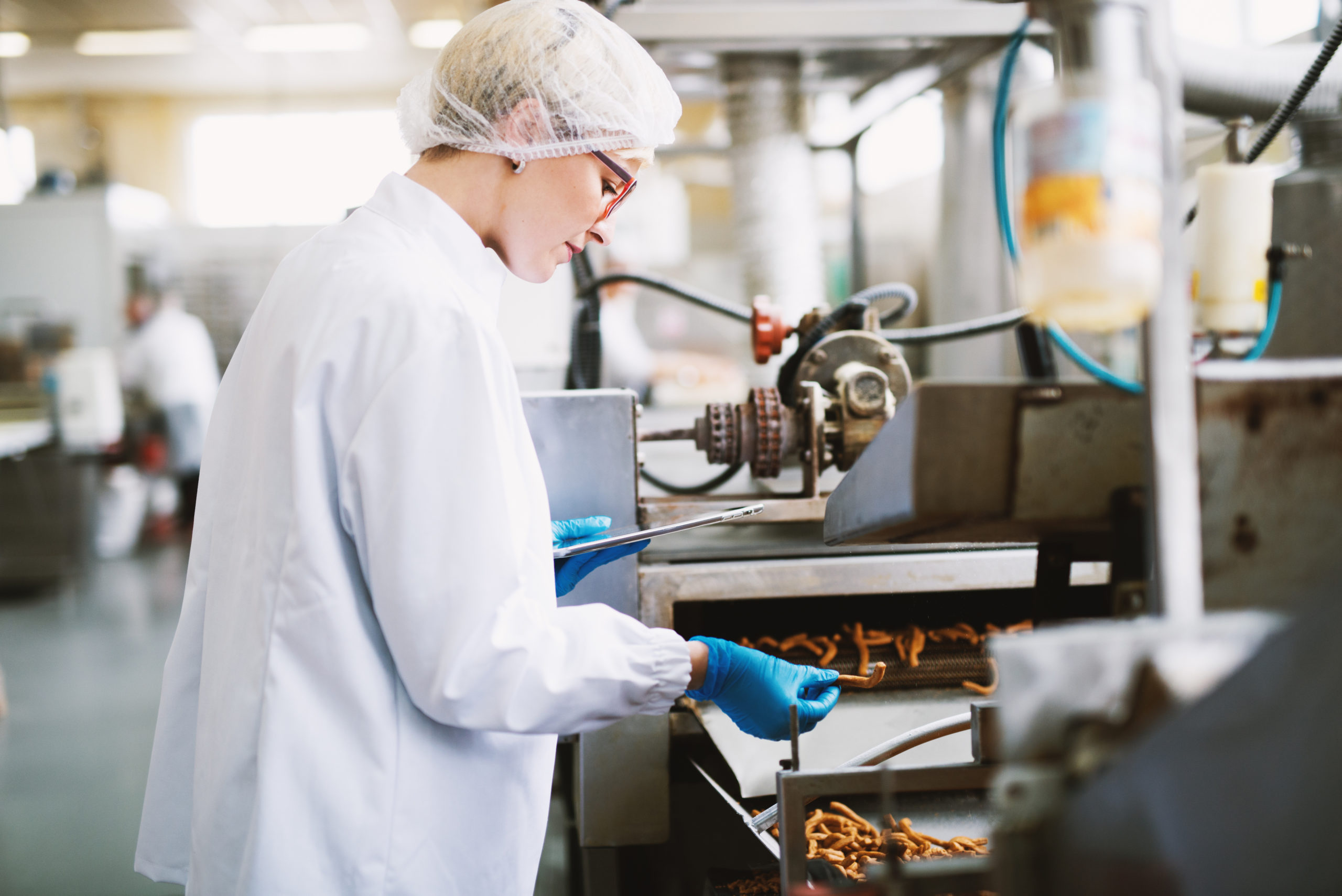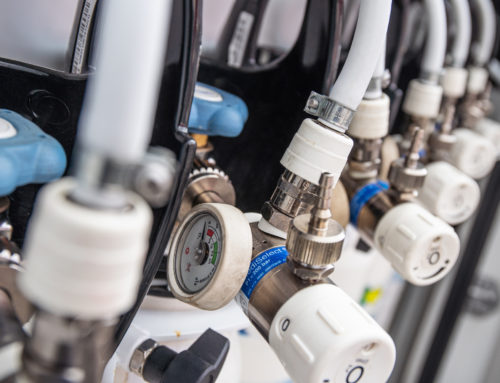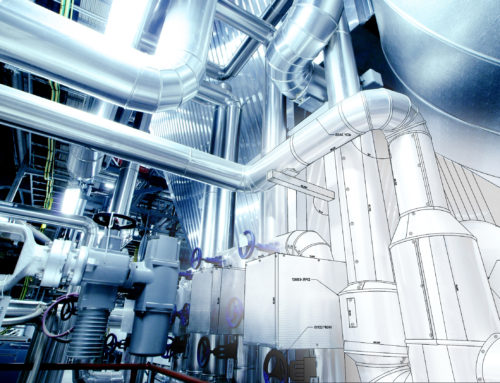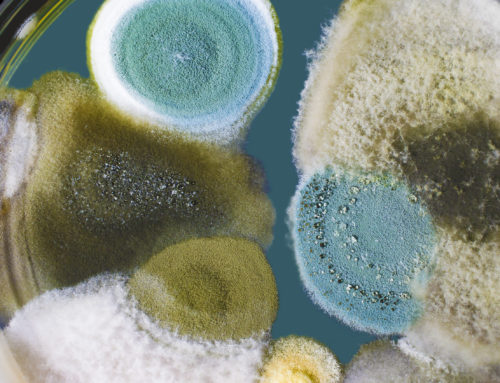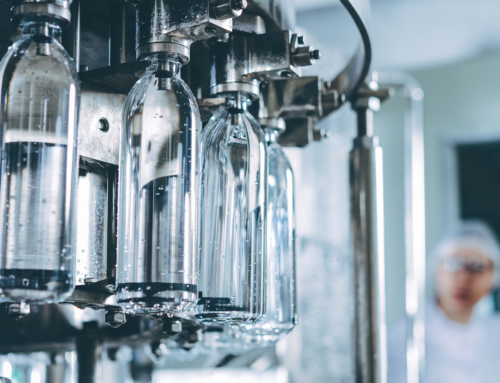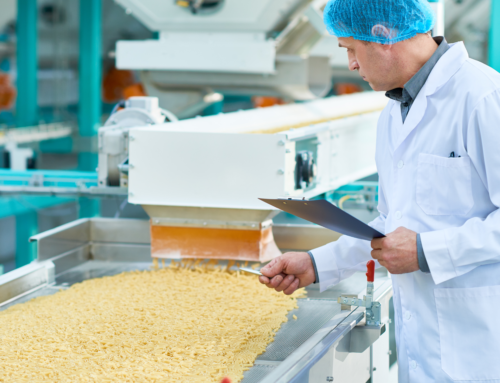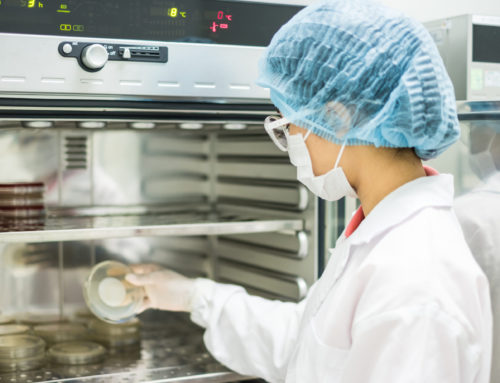Food manufacturers hold the important role of ensuring that the food we eat is safe. Oil contamination in compressed air systems can introduce a variety of hazards to end-users and substantial costs for the manufacturer. As a result, it is important to accurately identify sources of oil contamination, establish a risk assessment, and know the proper testing methods.
Identify Sources of Contamination
- Compressors
- Worn seals
- O-rings
- Cleaning solvents
- Connection glue
- Improper filtration
- Atmospheric air
Due to the abundant use of oil in the compressed air process, the risk of contamination is increased.
Risks of Oil Contamination
Excess oil in a compressed air system can be detrimental both to the end products and to the system itself. Because this contamination can damage equipment, facilities face decreases in productivity or high maintenance fees.
Oil-rich environments also create breeding grounds for microorganisms. Particularly in the food and pharmaceutical manufacturing industries, the introduction of oil or microorganisms can cause facility shutdowns or product recalls.
When food is contaminated with industrial oil, it can impact consumer health or create a bad odor or coloring. If oil has impacted food packaging, it will then contaminated the food inside this packaging. One notable case was the case in Germany 1997 where an expert released findings of mineral oil inside sausages.
Regulations and Specifications
The following organizations have identified compressed air as a Critical Control Point that must be monitored:
- ISO (The International Organization for Standardization)
- BCAS (British Compressed Air Society)
- BRC (British Retail Consortium)
- SQF (Safe Quality Food Institute)
Widely used in the food and beverage industry, ISO 8573 is an international standard that provides limits for total oil contamination.
Oil Removal
It’s important to know that oil-free compressors do not completely eliminate the possibility of oil contamination and the need for filtration and testing.
Food-grade oil can be used in the compressed air process to prevent oil contamination; however, this is a much more expensive option than traditional industrial oil. Even when food grade oil is used, testing is still important because atmospheric oil can enter the system.
Testing for Oil Contamination
Because ISO 8573 purity classes 1 and 2 require a combination of oil aerosol and oil vapor, it is important to make sure your laboratory provides combined testing results. This standard points to infrared spectrometry or spectrometry gas chromatography to test for oil aerosol.
Conclusion
The food manufacturing process requires rigorous preventative measures to ensure their products are safe for consumption. Due to serious risks that derive from oil contamination, adequate filtration and regular compressed air testing are necessary to avoid inconvenience, expensive costs, and most importantly, serious dangers to consumers.

